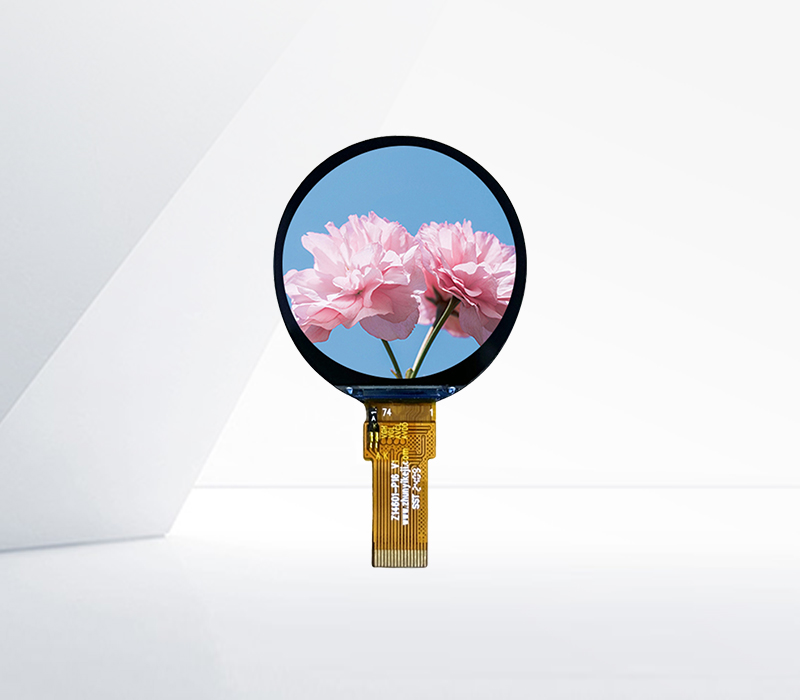



Key Points of Waterproof and Dustproof Design for Touch - Screens
Waterproof and dustproof design is essential for touch - screens used in various environments, especially those exposed to moisture or dusty conditions.
The first key point is the use of proper sealing materials. High - quality gaskets and seals are placed around the edges of the touch - screen and between different components. These materials create a barrier that prevents water and dust from entering the internal parts of the touch - screen. For example, silicone gaskets are commonly used due to their excellent sealing properties and resistance to environmental factors. They can effectively seal the gaps between the touch - screen panel and the frame, ensuring that no water or dust can seep through.
Secondly, the choice of materials for the touch - screen surface is important. Some touch - screens use hydrophobic coatings on the surface. These coatings repel water, causing it to bead up and roll off the screen. This not only prevents water from sticking to the screen and affecting touch sensitivity but also reduces the risk of water entering the device through small openings. In addition, the construction of the touch - screen should be designed to minimize openings. For example, all ports and connectors should be designed with protective covers or sealed to prevent the ingress of water and dust.
Furthermore, the internal components of the touch - screen should be protected. This may involve using conformal coatings on printed circuit boards. These coatings create a thin, protective layer over the electronic components, shielding them from moisture and dust. By implementing these waterproof and dustproof design elements, touch - screens can be used in outdoor environments, industrial settings, or other areas where they are likely to be exposed to water and dust, ensuring their reliable operation over time.

